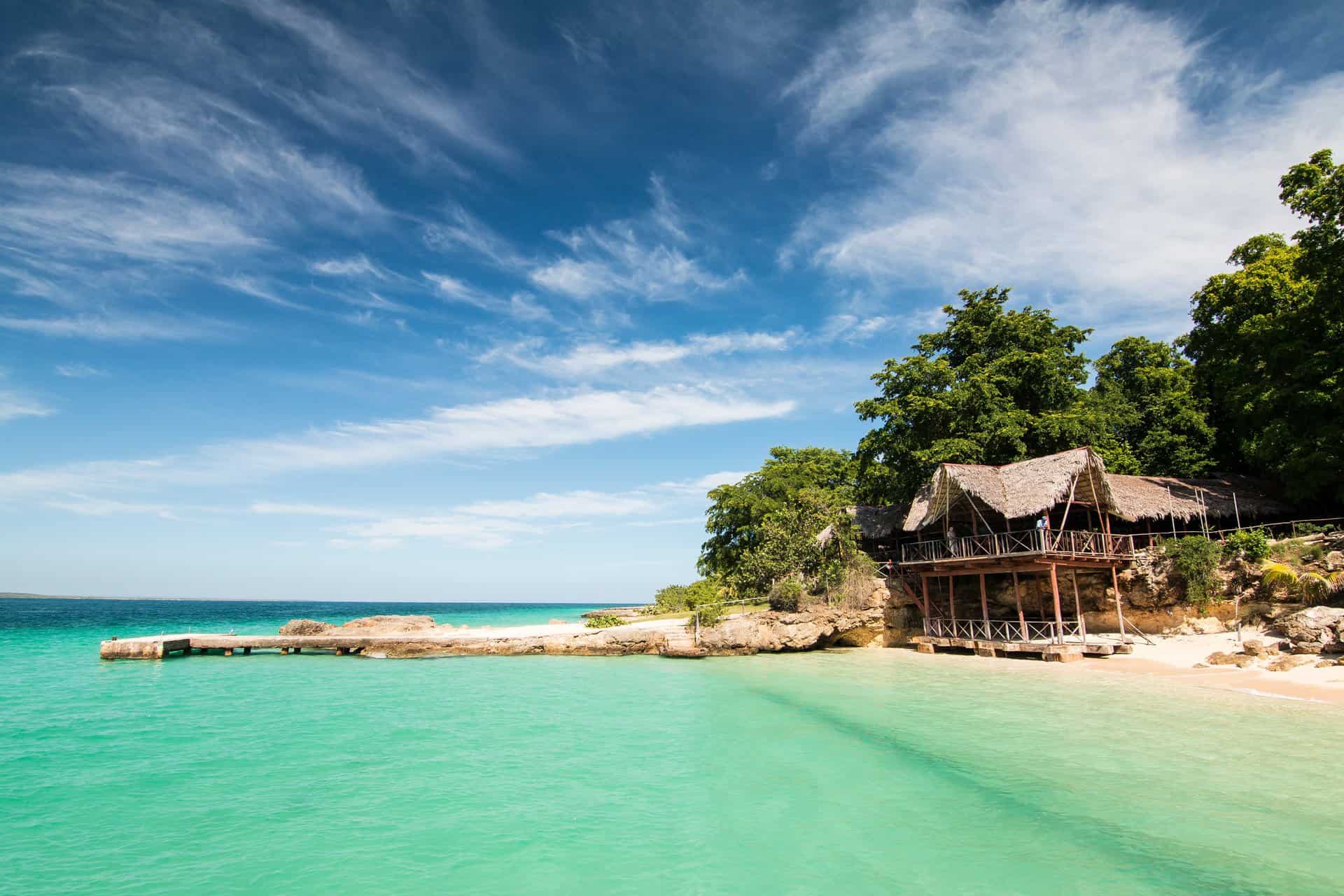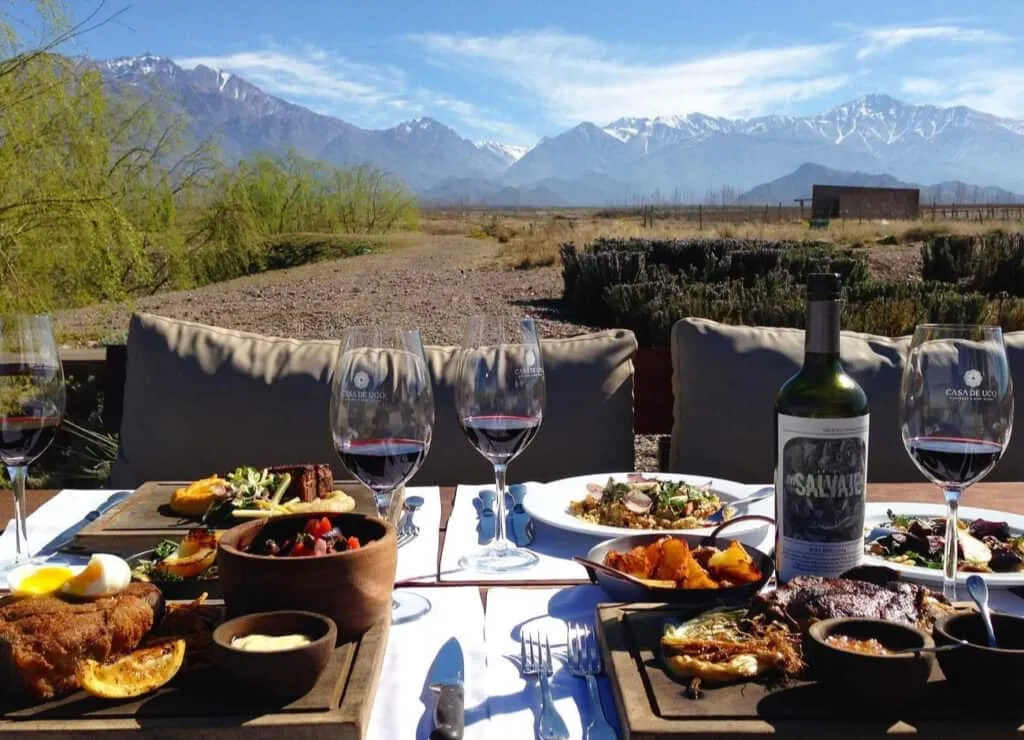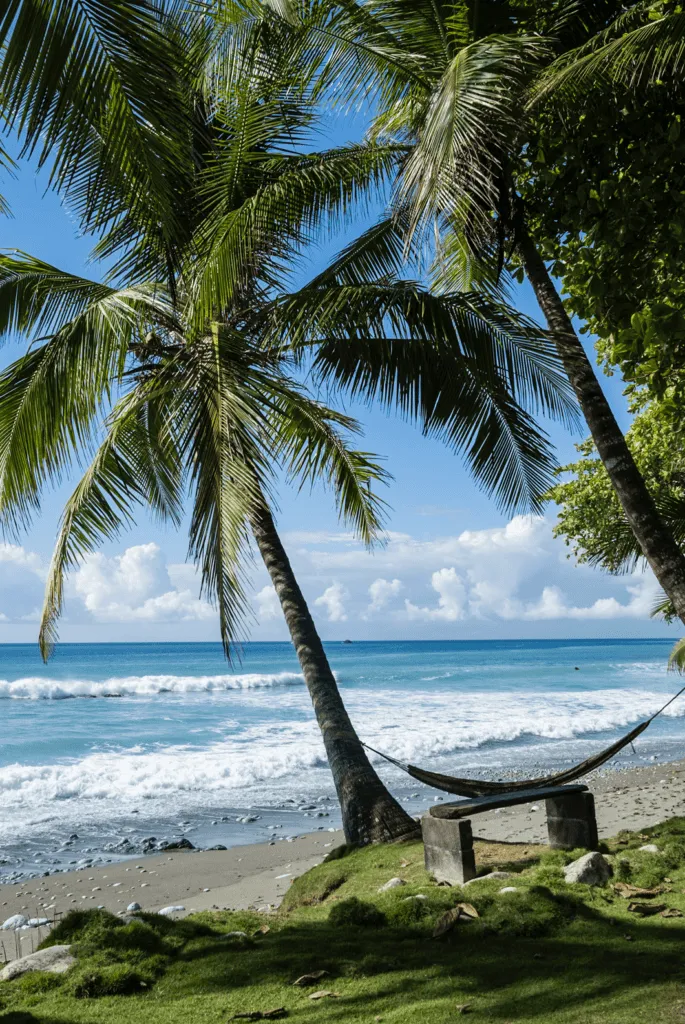

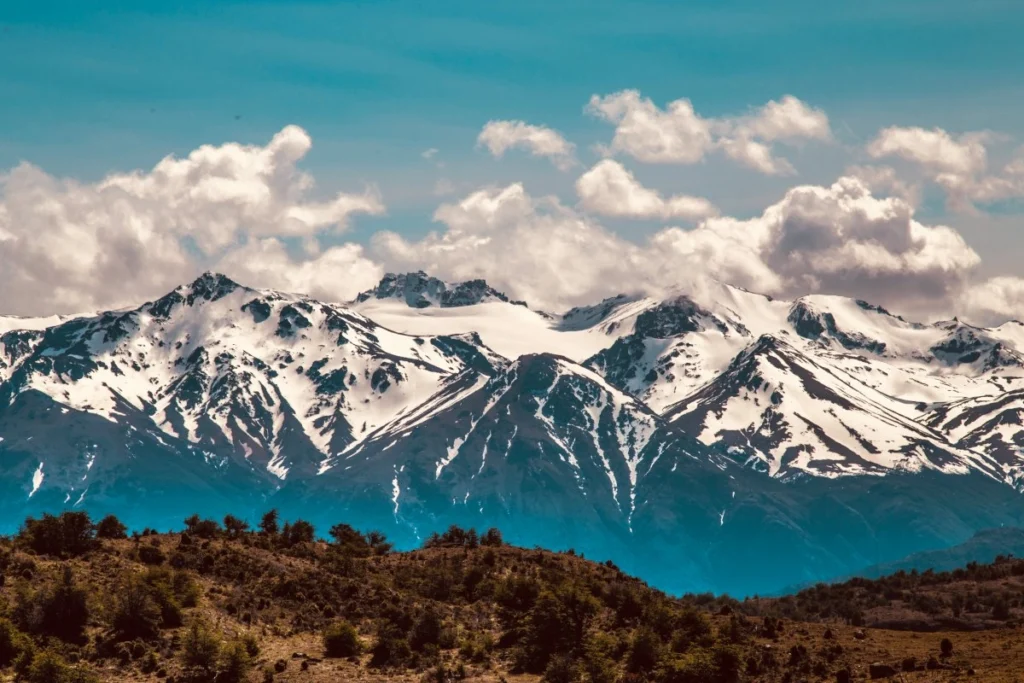
The magnificent Andes bestow terroir and meltwater – two essential components when it comes to winemaking – in Argentina, and the snowy mountains are a familiar backdrop for vineyards.
Italian and Spanish migrants brought their agricultural knowhow to provinces such as Mendoza, San Juan and Salta in the 19th century, terroir exploration continues today, and previously unappreciated regions such as the Atlantic coast and Chubut in Patagonia are beginning to flourish away from the Andes.
Mendoza: The Heartland of Malbec
The country’s largest producer, Mendoza is a year-round destination for wine aficionados, snow bums and wedding ceremonies thanks to its seductive Andean landscape; it’s also been anointed one of the world’s great wine capitals.
A string of valleys form its winemaking landscape, with Luján de Cuyo and Uco two of the most exciting for visitors looking to dine out on paired tasting menus in wineries, stay in luxurious vineyard properties and soak up stunning vistas. Luján is known as Malbec heartland, so it’s the perfect opportunity to sample Argentina’s favourite red at bodegas such as Catena Zapata, Lagarde, Riccitelli and Lui Wines.
Uco Valley Wineries
South of Mendoza city lies Uco Valley, whose proximity to the Andes means grapes are cultivated at higher elevations, resulting in an expanded palette of expressions.
Bodegas such as Zuccardi, Salentein and Finca Suarez have honed their production of other varieties such as Semillón, Chardonnay and Pinot Noir, broadening the national portfolio.

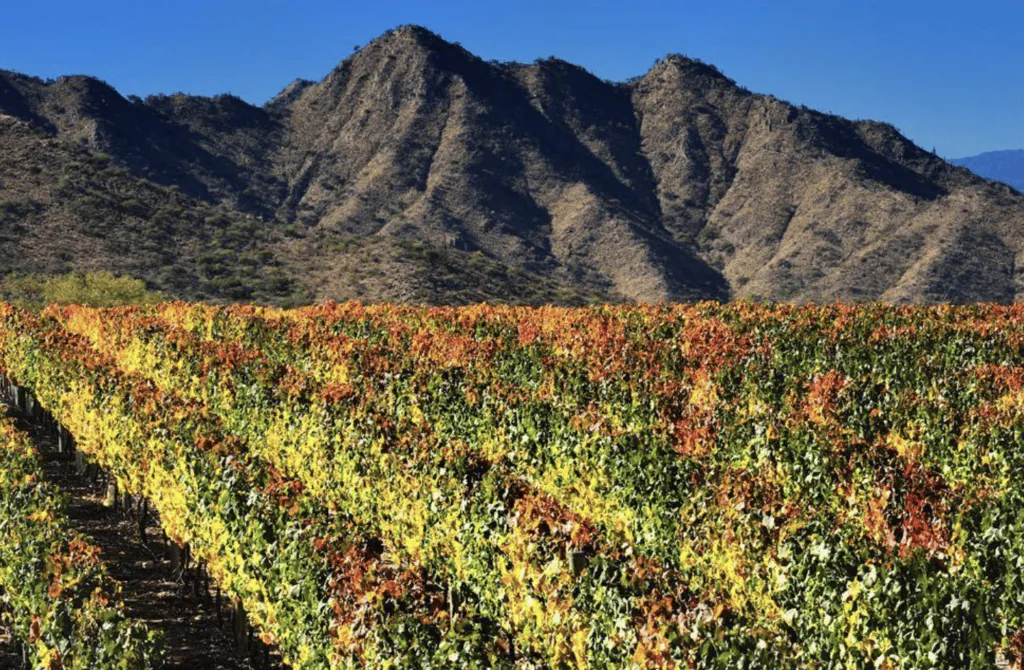
Wine Tasting in Calchaquíes Valley
In Argentina’s northwest, Salta’s winemaking heart is the Calchaquíes Valley. Colomé— Argentina’s oldest bodega — was crushing grapes back in 1831, and in this region, crowned by the sleepy town of Cafayate, flagship white Torrontés and red Tannat have adapted to this elevated region that starts at 1,700 metres above sea level (masl).
Try fresh Torrontés expressions at El Porvenir de Cafayate, San Pedro Yacochuyá and El Esteco – and of course spice-driven Malbec.

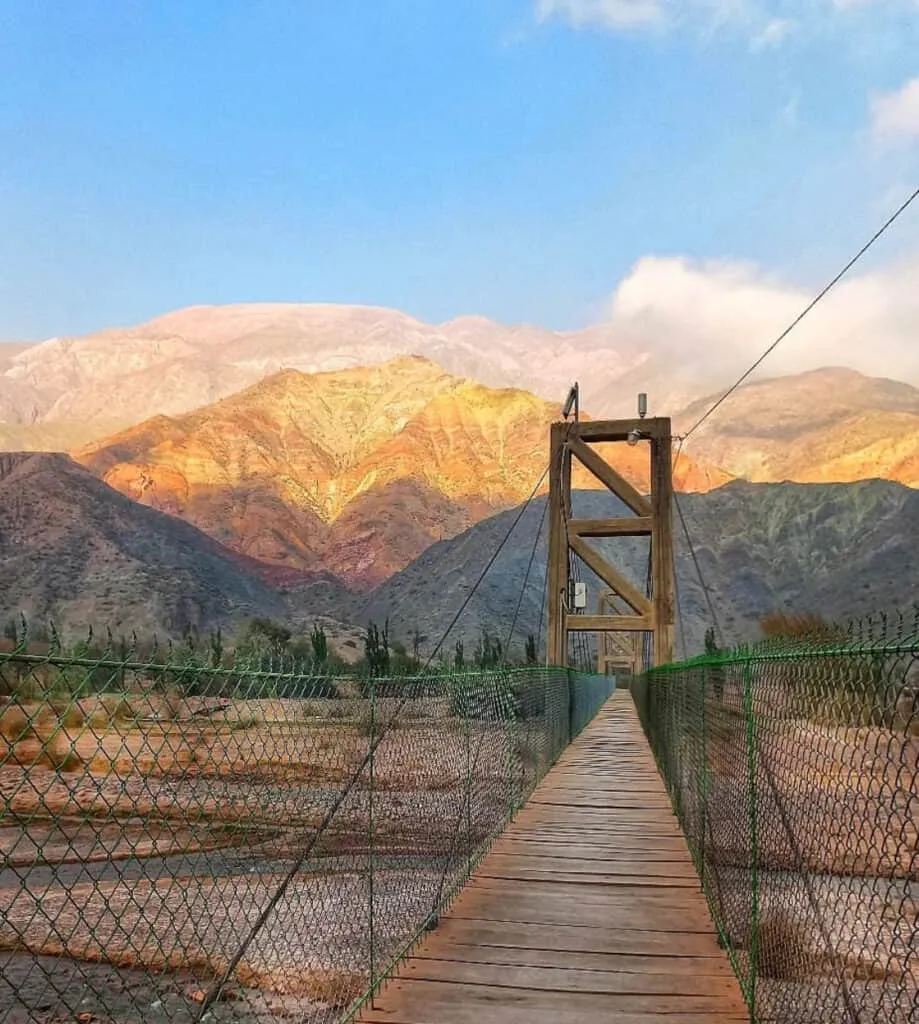
Jujuy Wineries
Further north on the Bolivian border is the Quebrada de Humahuaca, which formed part of Qhapaq Ñan, the Andean road system constructed by the Inca civilisation.
Considered one of Argentina’s ‘newer’ wine regions, vineyards are planted at 2,600 masl (and higher) in this extremely elevated region in the province of Jujuy, and labels are exciting wine lovers for herbaceous and well-structured vintages that often have just 12% alcohol.
Besides Malbec, there’s meaty and mineral Syrah as well as a cluster of Criolla varieties, which make light-skinned easy drinking wine; sample some at Bodega Kindgard, Huchaira, El Bayeh and Bodega Fernando Dupont paired with some of the most stunning panoramas such as Siete Colores mountain in Purmamarca.
Patagonian Wineries
Today’s pioneering winemakers are exploring Patagonia’s cooler climes; a vast region more usually associated with a majestic landscape painted with fjörds and icebergs.
The extremely cold climate in Trevelin in Chubut is a primary contributor to special Pinot Noir, Cabernet Franc and Chardonnay from Casa Yagüe, Nant y Fall and Contra Corrientes, bursting with jaw-dropping acidity and freshness. Otronia, the world’s most southern winery, located at 45º22”S, is also in Chubut; try their fresh Chardonnay, Gewürztraminer and Pinot Noir.
The Buenos Aires prairies that extend south of the capital converge with the Tandilia mountains where Chardonnay, Albariño and Pinot Noir are cultivated. Try these labels at Bodega Puerta del Abra near Tandil, while the maritime influence at Costa & Pampa in Chapadmalal results in unusually (for Argentina) refreshing wines.


ABOUT THE AUTHOR
Sorrel Moseley-Williams is a freelance journalist and sommelier based in Argentina since 2006, specializing in food, travel and wine in Latin America. Her work can be found in the pages of Wine Enthusiast, Monocle, Condé Nast Traveller, Travel + Leisure, Decanter, The Guardian, and other publications. Here with us, she shares her take on Wine Tasting in Argentina: Where to Go and What to Try in Argentina in 2025.
Discover More About ArgentinaRelated Stories
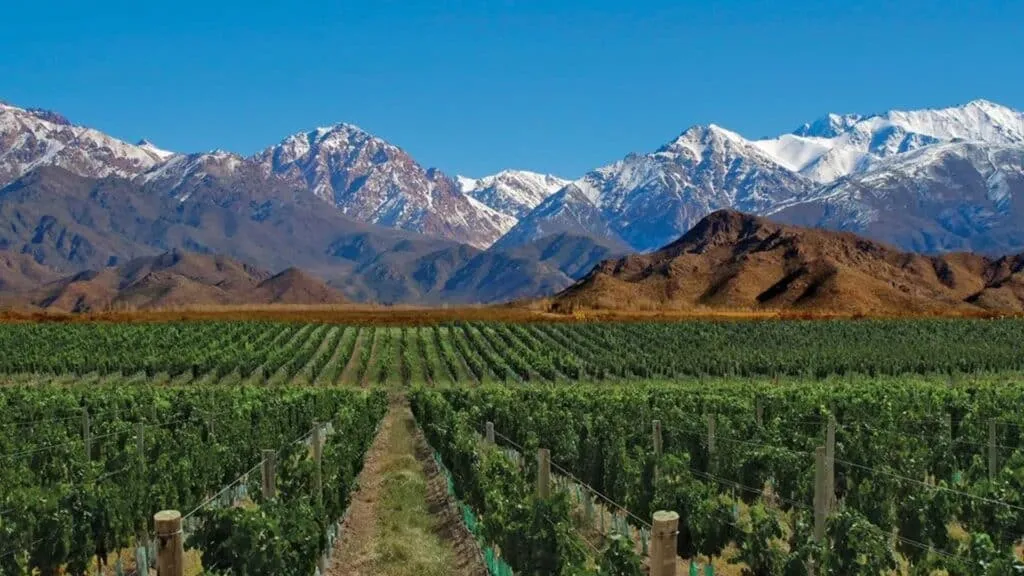
The Inside Track on Mendoza, Argentina: Where to Eat, Drink & Stay
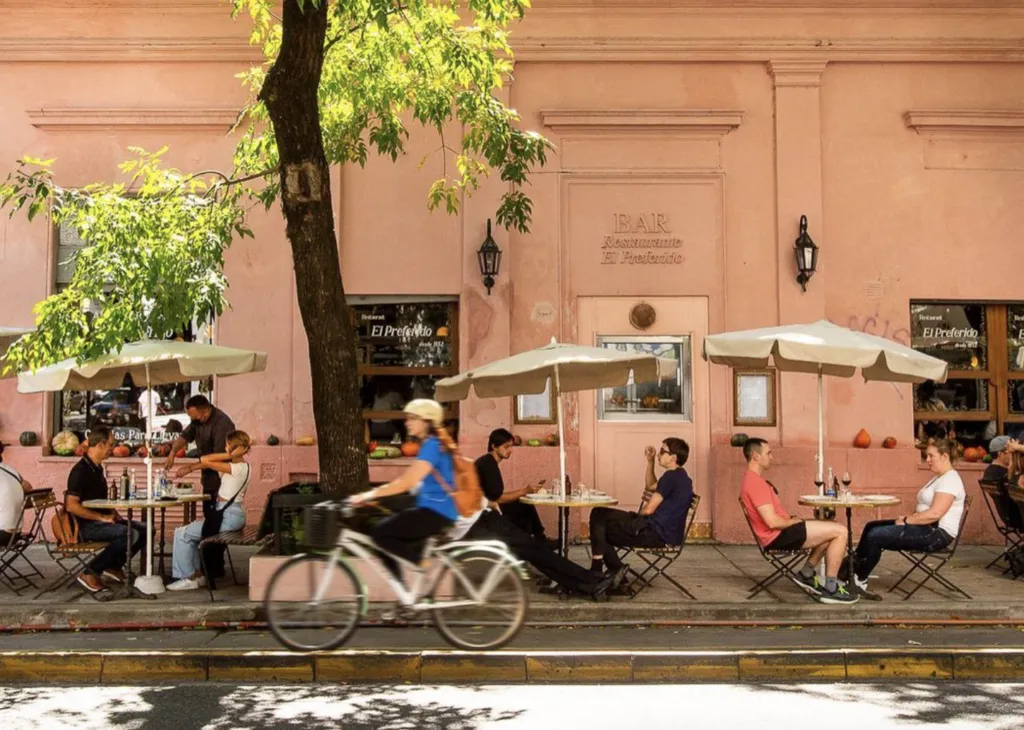
Where to Eat & Drink in Buenos Aires: A Guide by Sorrel Moseley-Williams
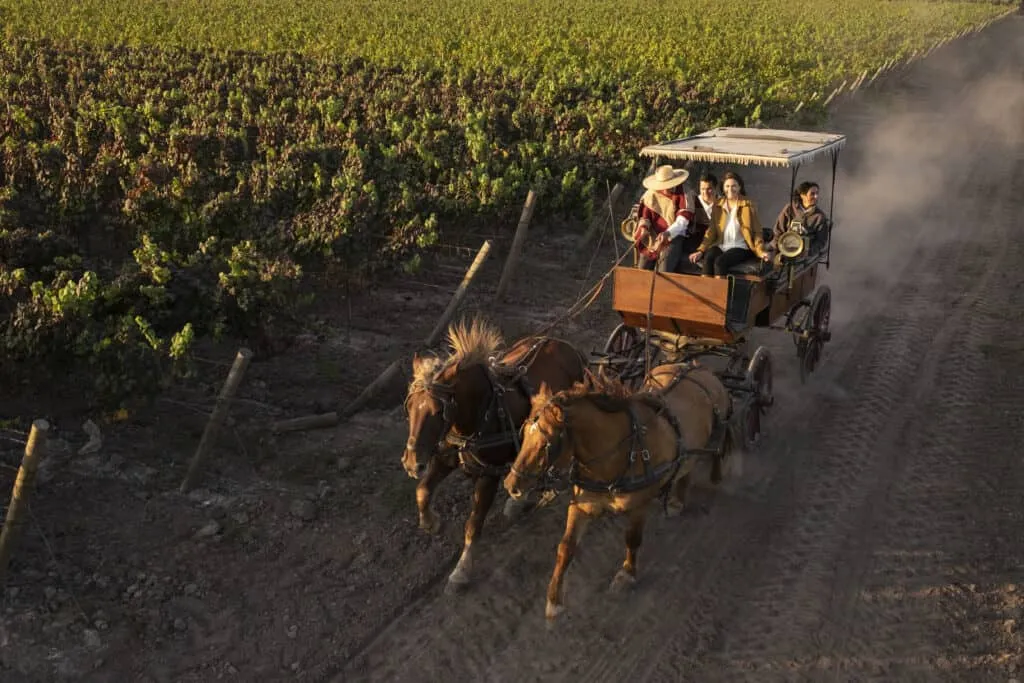
Exploring Chile’s Wine Country: Top Vineyards & Lodges
@plansouthamerica
